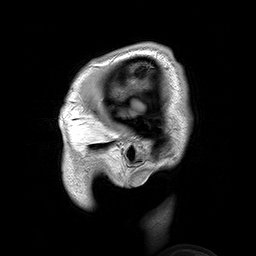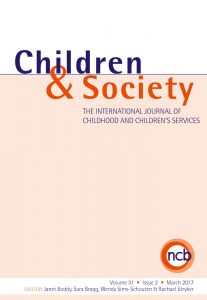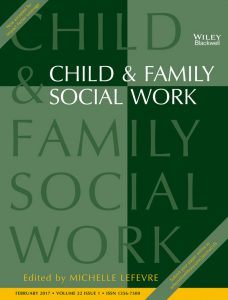Patient autonomy and the biomedical model
 Recently, there have been many suggestions that a backlash against the unilateralism of the biological approach in medicine is on the brink. Perhaps, some suggest, patients have garnered some say in their treatment, even though many researchers suggest that modern medical practice strips patients’ rights to make their own decisions. But where ought the boundary between patient autonomy and doctor totalitarianism be? On the one hand, purely diagnostic, biomedical medicine that does not allow for patients’ own insight into their conditions, makes patients feel objectified, as if they are nothing more than a disease. On the other hand, doctors have a certain expertise and patients may not always know what’s best for them. After all, medical training is difficult, arduous, and produces a professional with an important and valuable set of skills. Certainly, options beyond the biomedical model would allow patients to have increased autonomy and say in their care. The availability of, for instance, acupuncture and herbal supplements has allowed many patients with a range of conditions from depression to back pain to find relief in a treatment that, at one time, would never have been (and still often isn’t) considered acceptable treatment in a Western medical perspective.
Recently, there have been many suggestions that a backlash against the unilateralism of the biological approach in medicine is on the brink. Perhaps, some suggest, patients have garnered some say in their treatment, even though many researchers suggest that modern medical practice strips patients’ rights to make their own decisions. But where ought the boundary between patient autonomy and doctor totalitarianism be? On the one hand, purely diagnostic, biomedical medicine that does not allow for patients’ own insight into their conditions, makes patients feel objectified, as if they are nothing more than a disease. On the other hand, doctors have a certain expertise and patients may not always know what’s best for them. After all, medical training is difficult, arduous, and produces a professional with an important and valuable set of skills. Certainly, options beyond the biomedical model would allow patients to have increased autonomy and say in their care. The availability of, for instance, acupuncture and herbal supplements has allowed many patients with a range of conditions from depression to back pain to find relief in a treatment that, at one time, would never have been (and still often isn’t) considered acceptable treatment in a Western medical perspective.
What would it mean for the effectiveness of treatment if patients begin to have more of a say in their treatment? When patients come into doctors’ offices asking for certain procedures, tests, and even medicines, it represents an informed consumer, but also a patient who may be less receptive to the advice of doctors. The question is: how do we find a balance between patients being able to chose the kind of treatment they want and being truly listened to by their doctors (rather than simply diagnosed as a medical object)?
Nathenson (2010, see below) suggests that the biomedical model may not be the dominant lens in the future. While this seems like it is still a distant possibility, Nathenson describes an increasing medical pluralism because of more patient autonomy. This is a crucial question – how should we study these various ways of treating illness and understand how the dominance of these models are maintained. I say we also need to examine how much autonomy is really useful in medical treatment. I’m not convinced that patients can be fully autonomous in any kind of treatment, though certainly some models preclude much more autonomy than others.
MRI’s as you see to the left, medications, and other medical technologies are powerful tools that reinforce the legitimacy of the medical profession, which is currently dominated by the biomedical model, for better or worse. And there are major benefits of this diagnostic model, even if it tends to ignore the patient’s voice. In the article below, Pauline Chen writes of how useful diagnoses can be in relieving patients’ fears about their symptoms. In doing so, she describes the utility of doctors’ expertise. While the biomedical model is oft critiqued for its cold, objectifying, and even dehumanizing tendencies ( and this is a serious problem), it also trains doctors who have highly specified knowledge that also offers an ability to solve problems that might otherwise be illusive. However, there must be a way to marry some sense of autonomy and humanity with the best that science and medicine have to offer.
![]() Critical Theory and Medical Care in America: Changing Doctor-patient Dynamics
Critical Theory and Medical Care in America: Changing Doctor-patient Dynamics



1099-1328/asset/dsa_logo.jpg?v=1&s=e4815e0ca3064f294ac2e8e6d95918f84e0888dd)
1728-4457/asset/PopulationCouncilLogo.jpg?v=1&s=03074651676b98d6b9d0ef1234bd48fe7ff937c3)
What an interesting point that you make about the possible roles of a patient in the diagnostic process. This seems like a serious problem that will continue to raise questions for quite some time. For the sake of wellness and health, I hope that doctors and patients can negotiate this space with success.
Keri